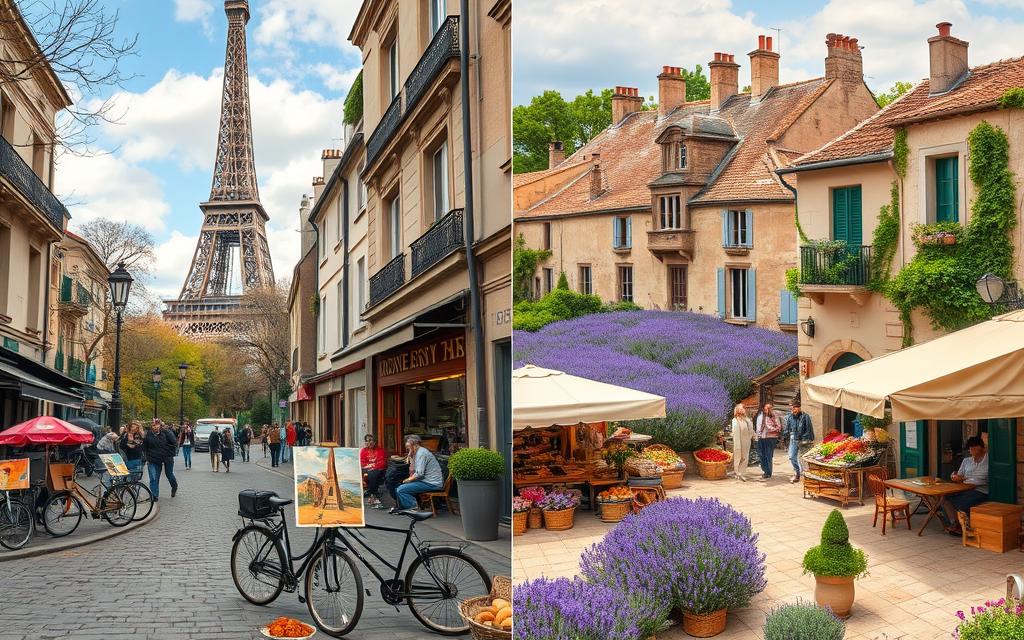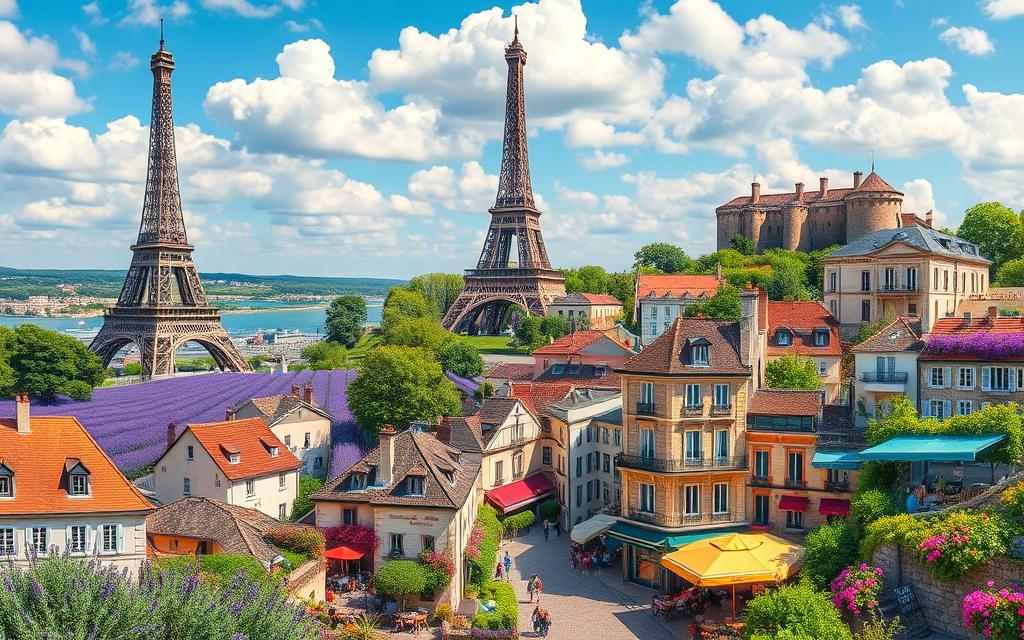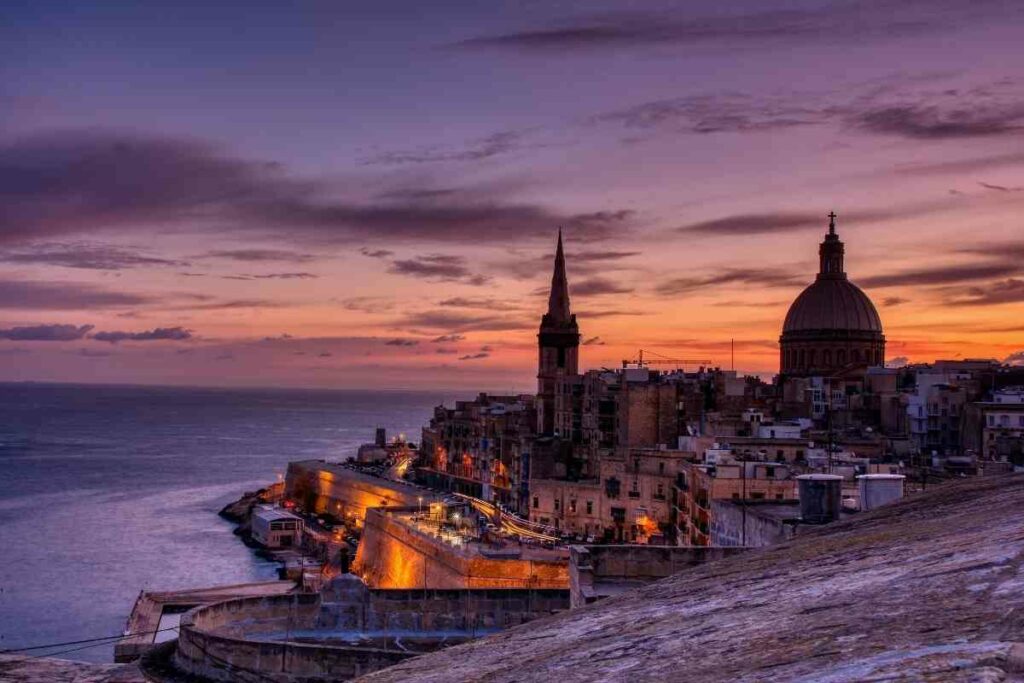I first heard about the Camino de Santiago when living in León, Spain and seeing the pilgrims walk through the city’s streets daily.
It piqued my interest, and seven years later, I finally completed my own Camino.
Though the Camino de Santiago is traditionally a religious pilgrimage, you don’t have to do it for religious reasons – and many who complete this walk aren’t religious at all.
Everyone who embarks upon this challenge will walk their Camino, but all will share a common bond when wishing their fellow pilgrims “Buen Camino”.
What to Expect? If you’re interested in doing this walk, we’ll give you 11 reasons why you should! But first, here’s a little more information about the Camino de Santiago.
What Is the Camino de Santiago?
Known as the Way of Saint James in English, the Camino de Santiago is a network of pilgrimages that lead to Saint James the Great’s shrine in Santiago de Compostela’s cathedral.
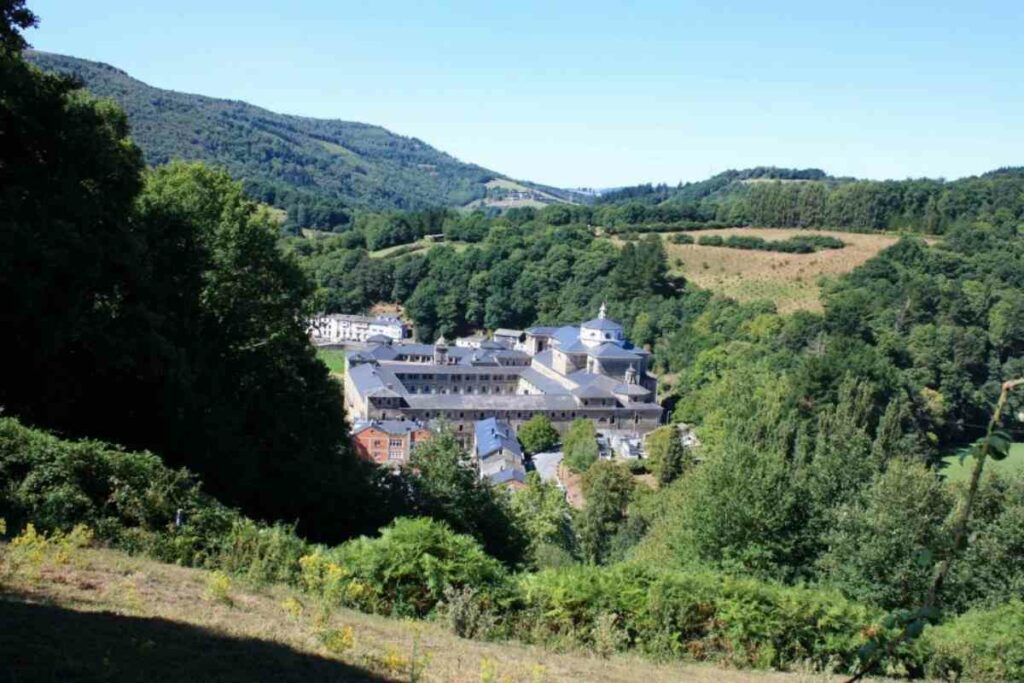
The various routes all lead to this Galician city where the apostle’s remains are buried.
Though there are a few different ways of getting to Santiago de Compostela, the most popular route is the Camino Francés.
This starts in the Pyrenees and goes through Pamplona, Burgos, and León.
There is also an unofficial end in Finisterre on the Atlantic coast, which is another 100km of walking after Santiago (I recommend doing the extra few days to dip your toes in the sea at the end!).
Why Walk the Camino de Santiago?
There are hundreds of reasons why people choose to walk the Camino de Santiago and everyone’s journey and reasoning are unique.
Here are just some of the reasons to walk the Camino.
1. Back to Basics
Everyone needs a break from the daily grind and walking (or cycling) the Camino de Santiago is perhaps as far from your daily life as you can get.
When you strip right back and carry your entire world on your back for a month, you really do get to enjoy some of life’s most simple pleasures.
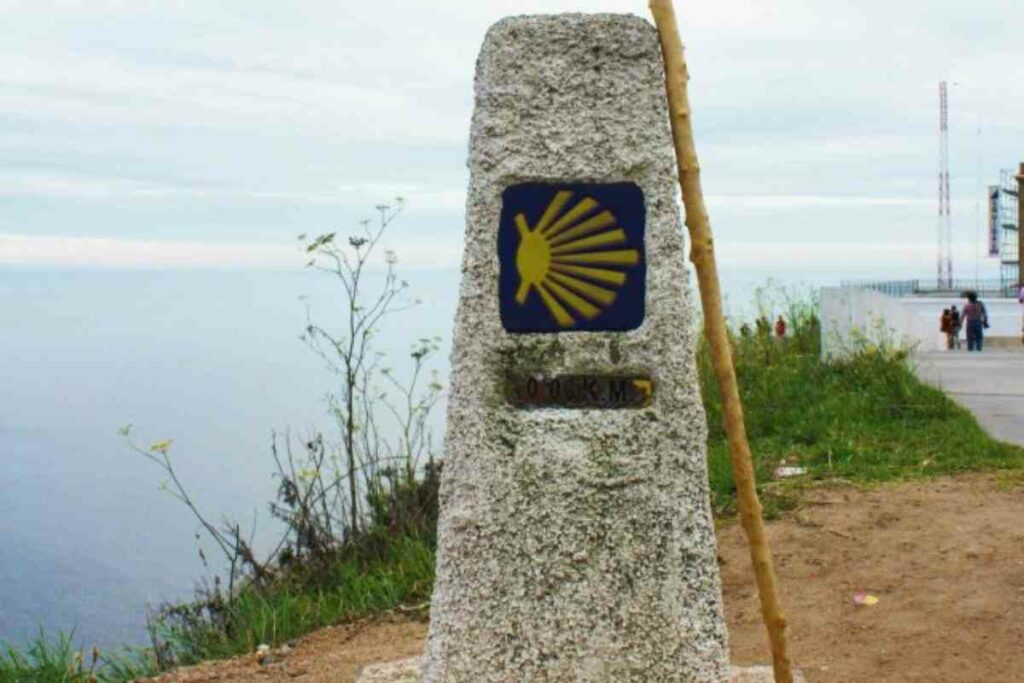
When walking the Camino, every day is different yet the same.
You get up, perhaps have breakfast (we walked 10km before stopping at a café), walk, walk some more, wind up at an albergue (a pilgrim’s hostel), shower, wash your clothes, and do the same again the next day.
Though this might seem repetitive it’s far from it.
Each place you go through is different; each meal, albergue, and all of the people you meet are new and exciting.
But the most wonderful thing of all is that you realize just how many things in your life you really don’t need.
Whether that’s a hair dryer, a screen, or a car… when you’re walking the Camino none of that matters – it’s not wanted nor needed.
2. It’s a great way to get fit
The Camino de Santiago is 500 miles long so it’s not the type of adventure to go on if you’re not already used to being on your feet and walking.
That said, even if you are into long-distancing walking, you’re very unlikely to have done long distances back-to-back for days on end.
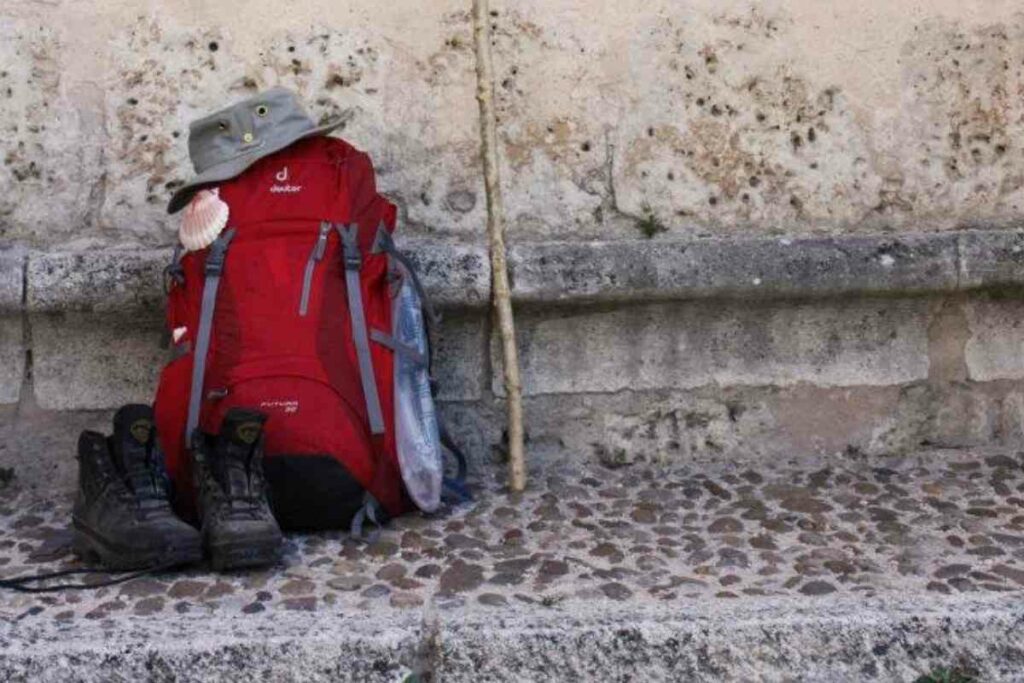
No matter how fit you already are, you will get fitter and stronger.
Take a belt too!
Many people find themselves needing to buy one around halfway! There aren’t many holidays where you come back fitter and thinner.
3. A cultural and historical wonder
The Camino de Santiago is steeped in history and culture.
You’ll discover places that you would never have been able to visit before.
There are tiny villages off the beaten track, typical Spanish towns that never see a tourist and so many beautiful and interesting monuments.
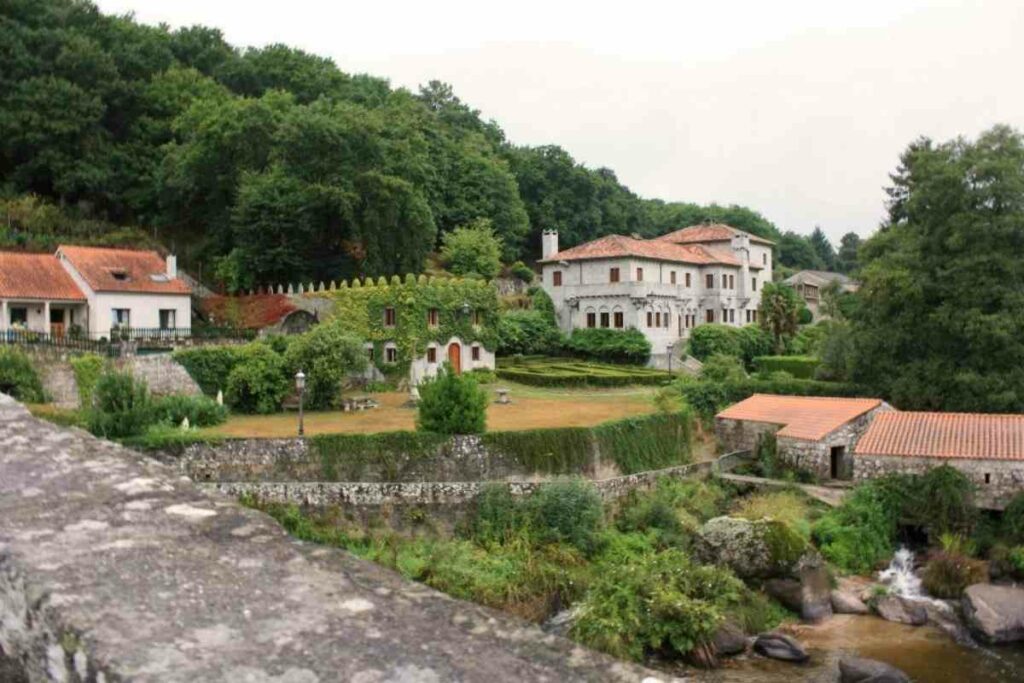
Some albergues are located inside former monasteries and buildings that date back hundreds of years too.
The Camino also takes you through four Spanish autonomous regions:
- Navarra
- La Rioja
- Castilla Y León
- Galicia
Each with its own culture, food and drink traditions, and even language!
4. Sites to behold
You could take one hundred photographs every day on the Camino and still capture something new.
Starting off in the Pyrenees, you’ve got beautiful, mountain landscapes.
You also get to walk through big, historical cities like:
- Pamplona
- Burgos
- León
- and Santiago de Compostela
Then, there’s the meseta, the name of the long, expansive plains of Northern Spain that cover around 130 miles of your route.
Arriving in Galicia, you’re in an area of Spain that’s cool in summer and mild in winter.
If you’re familiar with the Costa del Sol or cities like Madrid and Seville, this isn’t the Spain you’ll be familiar with.
Good to Know – The temperatures in summer don’t get higher than 74 °F.
5. Walk your own Camino
The Camino de Santiago is for all abilities.
Many people choose to walk upwards of 20km each day and some do double that.
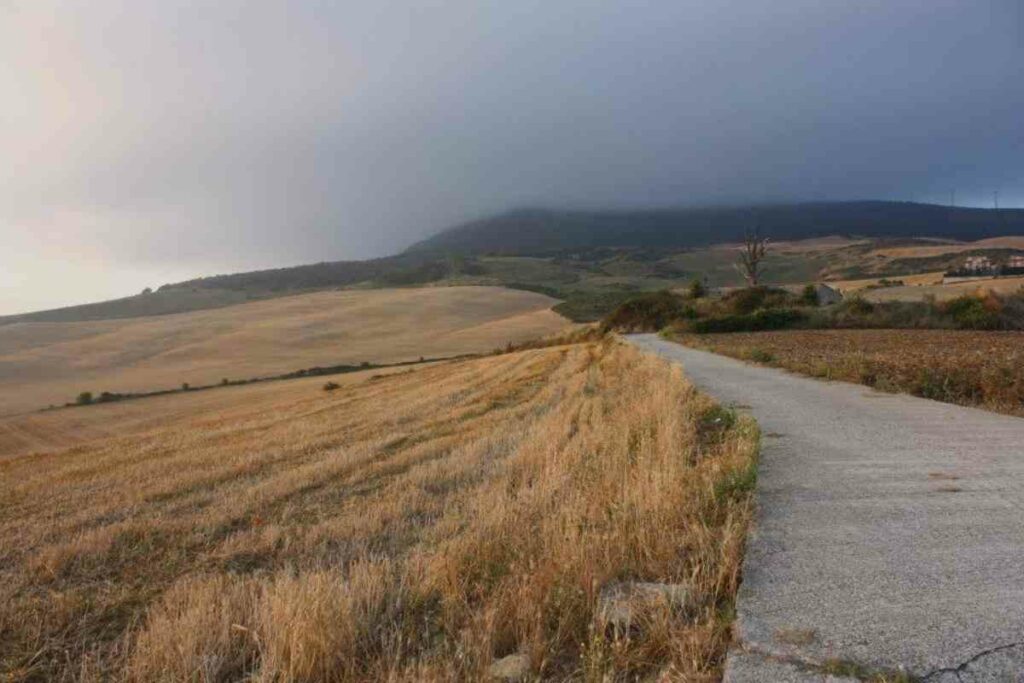
Your Camino is your own and you can walk as little as 10km per day if you wish.
The good thing about this pilgrimage is that there are albergues every five or so kilometers.
The only place you’ll have to walk longer is on the more rural meseta.
6. You can learn Spanish along the way
You will pass through very rural areas where people don’t speak any English at all.
As such, it’s a good idea to try and learn a little Spanish before you go.
Walking the Camino is a perfect way of improving your language skills all round.
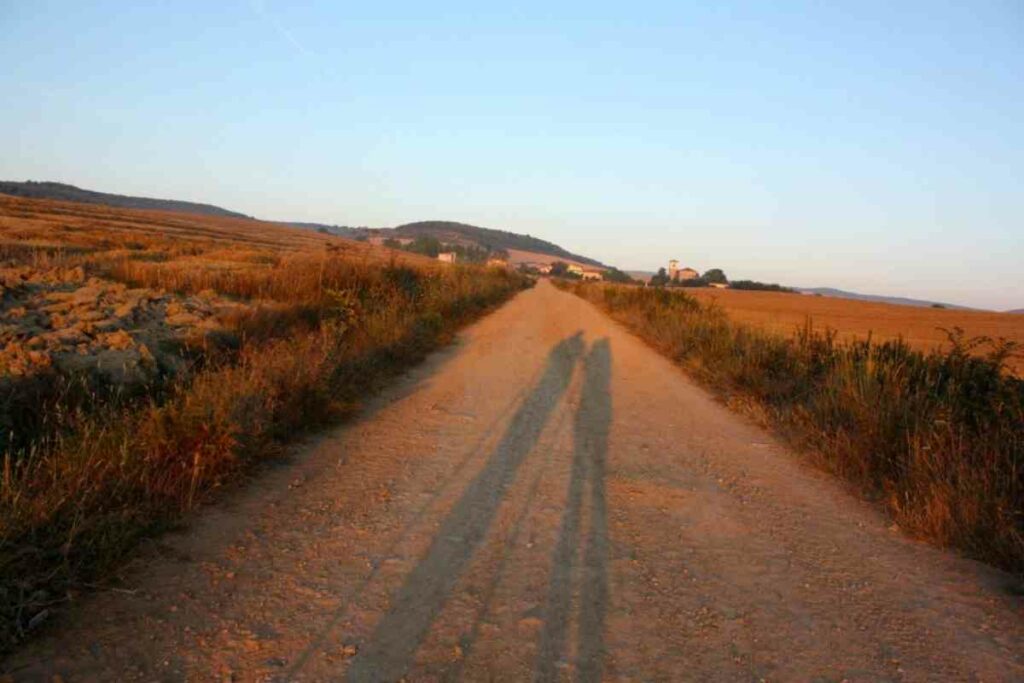
Not only will you come across many Spanish speakers (native or otherwise), but you’ll also meet lots of different nationalities along the way.
If you speak any other language at all, you’re probably going to have an opportunity to use it at some point!
7. The food!
For many people, the food and drink on the Camino are a real highlight!
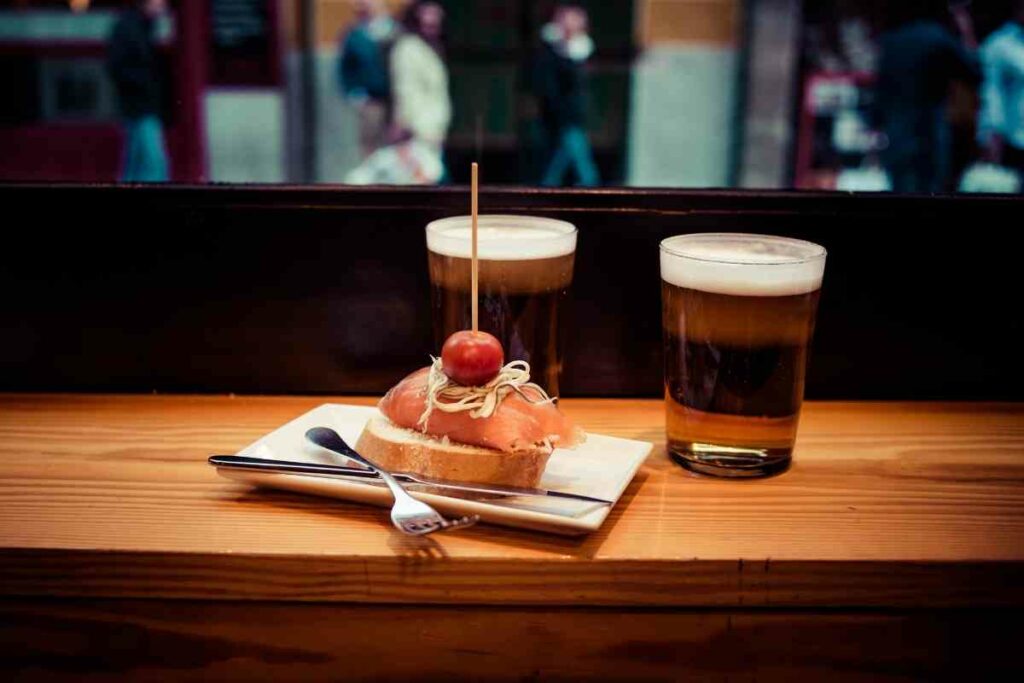
Every region has its own specialties, and it really is worth checking them out:
- In Navarra, the specialty is Pintxos (pron. pin-choss). If you’ve heard of tapas, this is similar. You’ll go into a bar and have tiny portions of lots of different bite-sized meals. Think Spanish omelet, bread and cured ham, garlic prawns, and anchovies.
- In La Rioja, you’ve obviously got to try the red wine.
- In Castilla Y León, the city of Burgos is famous for its Morcilla de Burgos, which is a traditional blood sausage.
- And finally, Santiago de Compostela itself is famous for its pulpo a la Gallega or polbo á feira in Galician, which is boiled octopus with Spanish paprika and salt.
8. Making friends
Walking the Camino is one of the most sociable holidays you can go on – if you want it to be.
You’ll find yourselves staying in accommodation, cooking and eating with a huge range of people from all walks of life.
You’ll likely never meet the same people twice unless you cover the same distances each day.
The Camino is perfect for anyone traveling alone because you’ll never truly be alone.
You may also like ?
9. It’s very family friendly
If you’re thinking that you’d like to do this but have children, don’t rule it out.
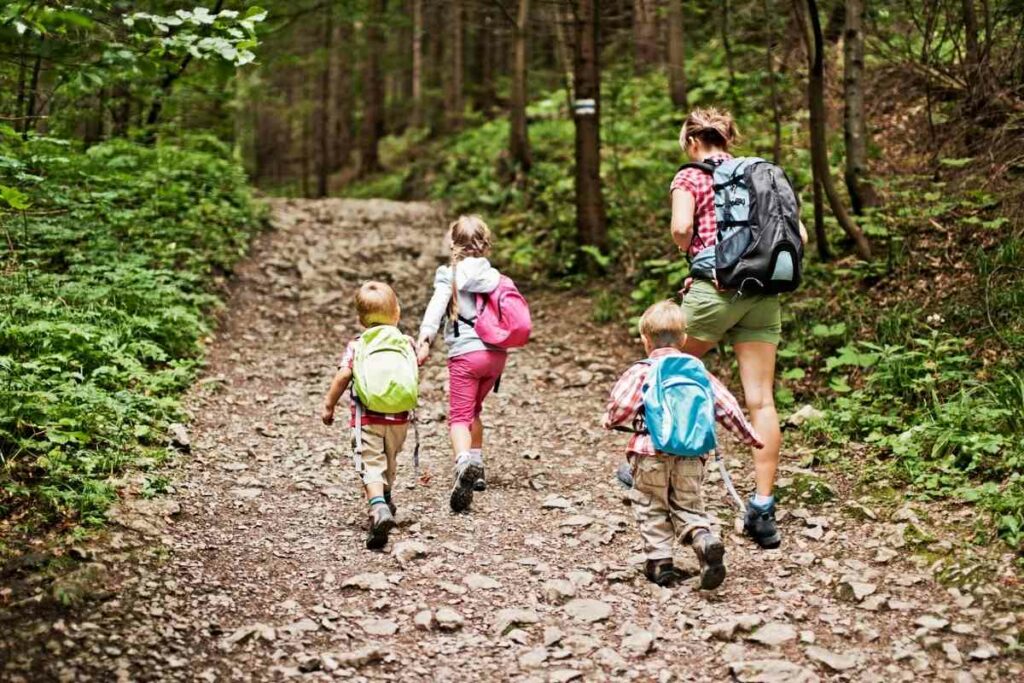
The Camino is very family-friendly.
Keep In Mind – You’d need your kids to be a certain age to cope with the long walks each day, but it really is an unforgettable experience for the whole family.
If the idea of dormitory accommodation with kids puts you off, there are other options.
You don’t have to do the whole Camino either – many people choose to do a section or two.
10. Time to think
What struck me when I walked the Camino was just how many people were doing it to get headspace.
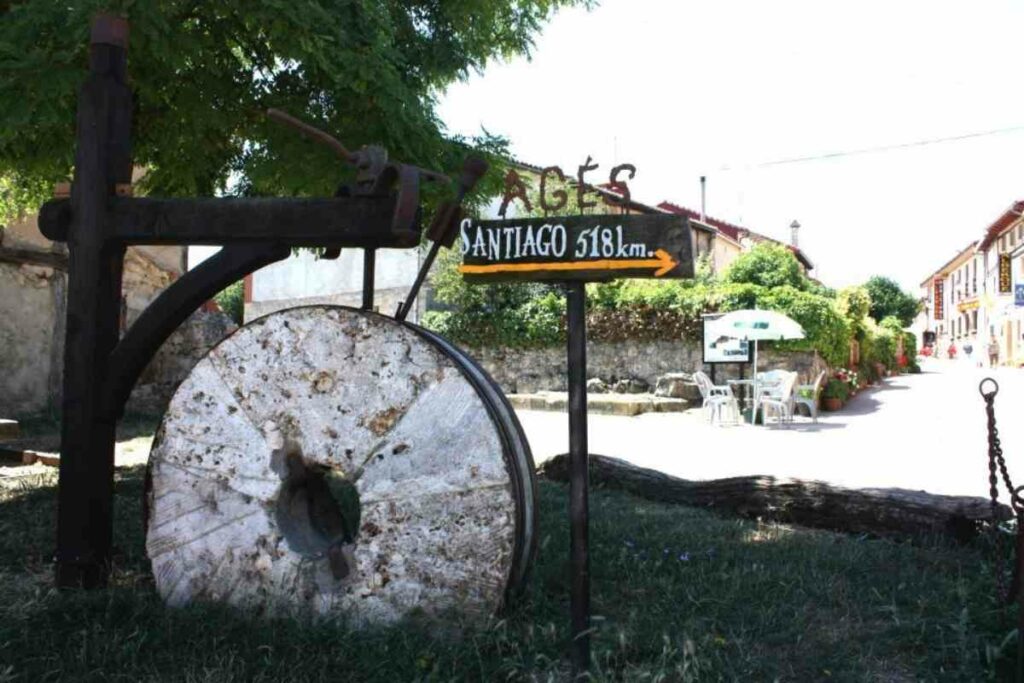
There were people who had suffered bereavement or relationship breakdowns as well as those who just wanted a break from the stresses and strains of daily life.
No matter who you are or what your reasons are for doing the Camino, you’ll have a lot of time to think.
Some of the best ideas I’ve ever had came to me during those 500 miles on my feet!
11. It’s an achievement
Walking 500 miles (or however many you choose to do for your Camino) is a huge accomplishment.
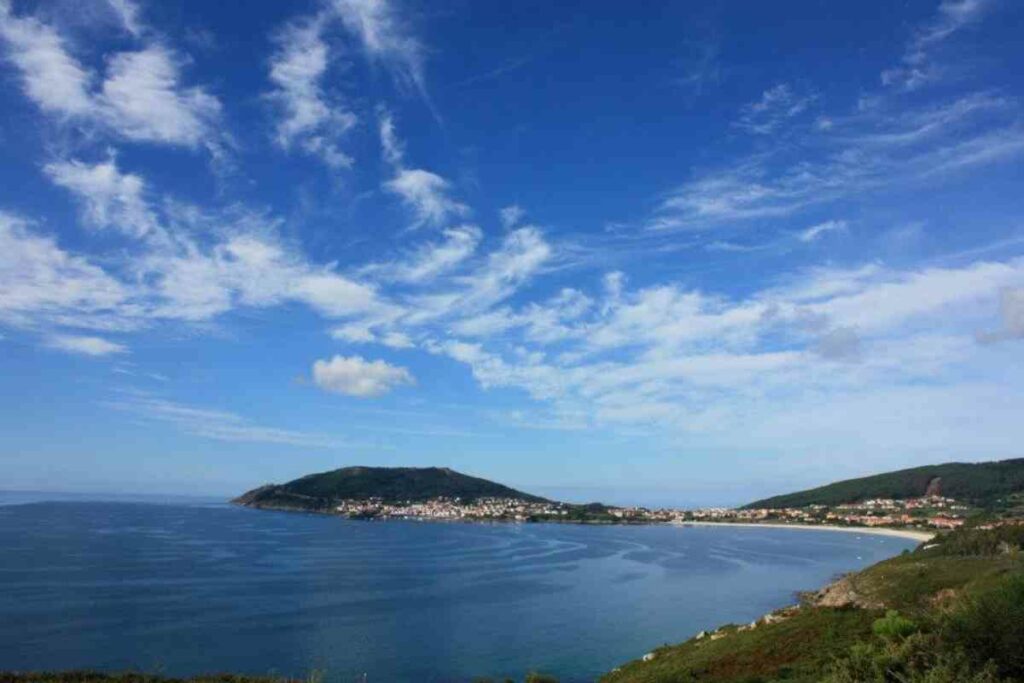
When you look back at how far you’ve come (quite literally!) and you know you’ve only done it on your own two feet, you really do feel a sense of achievement.
Final thoughts
The truth is, no matter your reasons for undertaking the Camino de Santiago, you’ll get much more out of it than you ever would have expected.
As clichéd as it sounds, there will be blood, sweat, and tears during your journey but it is a journey that’s truly remarkable and worthwhile.
- Best vs Worst French Places: A Cultural Guide for First-Time Visitors
- Master the Art of Travelling France: Insights on Must-Visit Spots
- Top three markets in France you must explore
- Essential Driving in France Kit: What Drivers Need to Stay Safe and Legal
- Top 10 Motorcycle Trips in Europe
- What Is Malta Famous For? Malta Local History and Past Events

